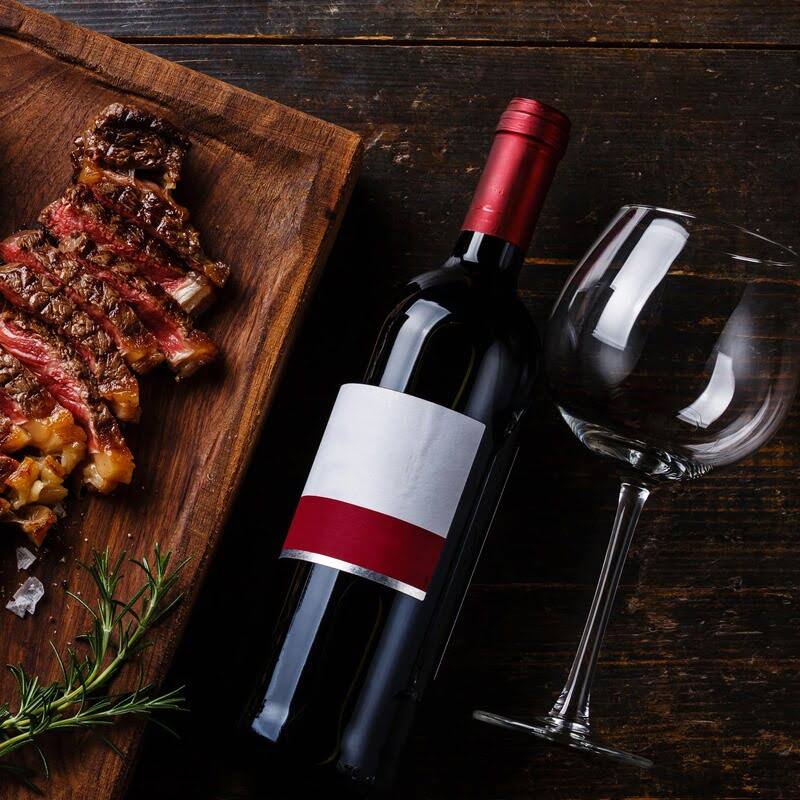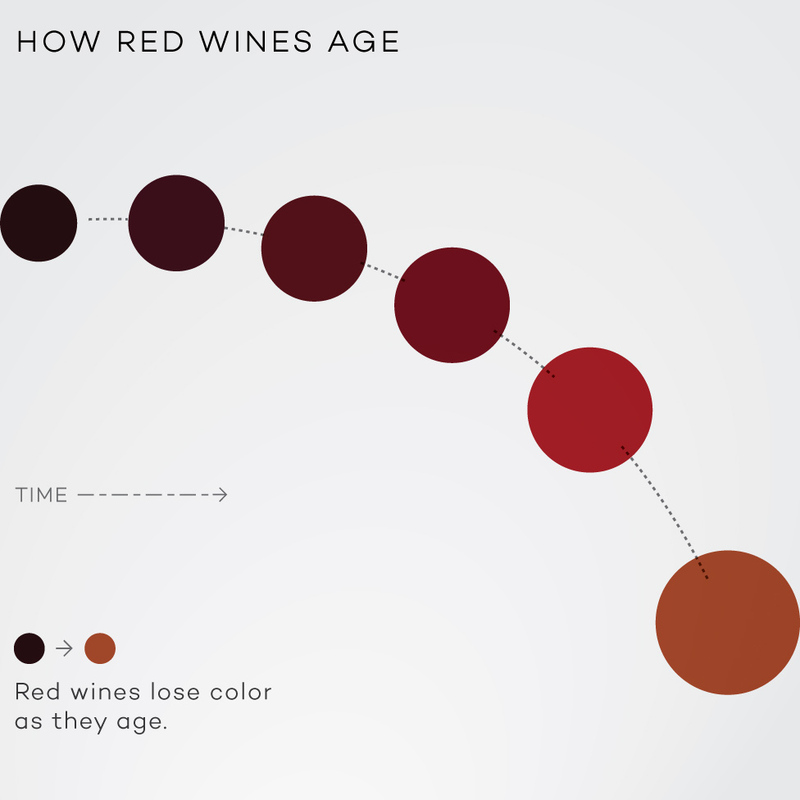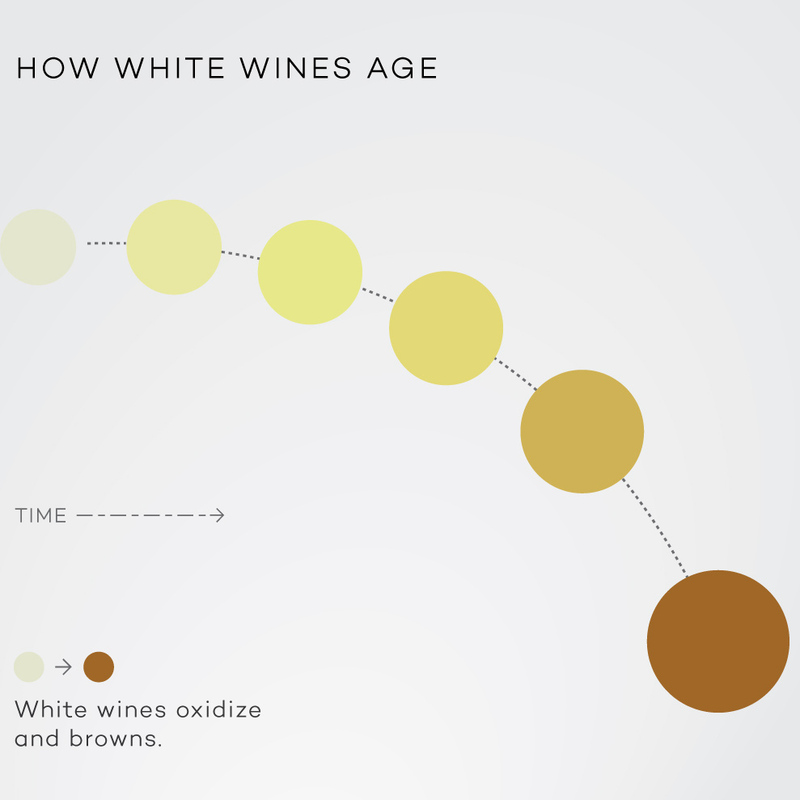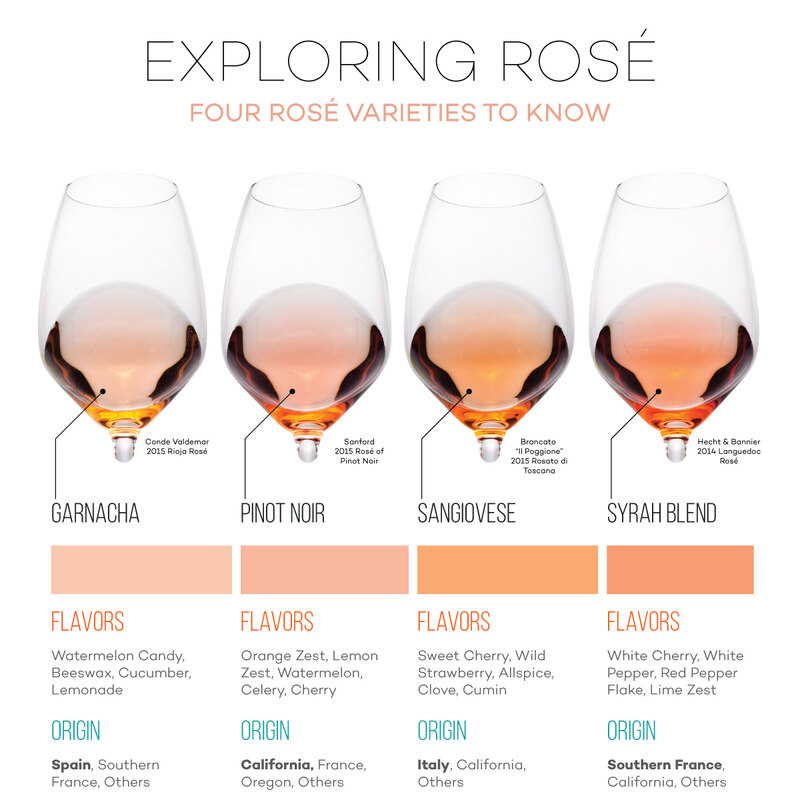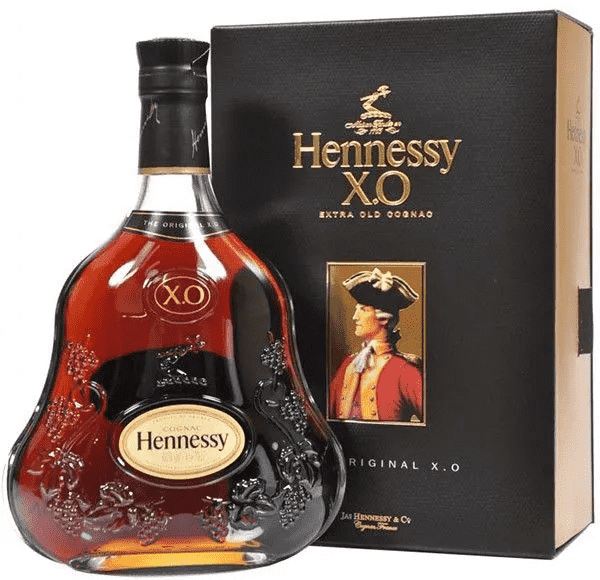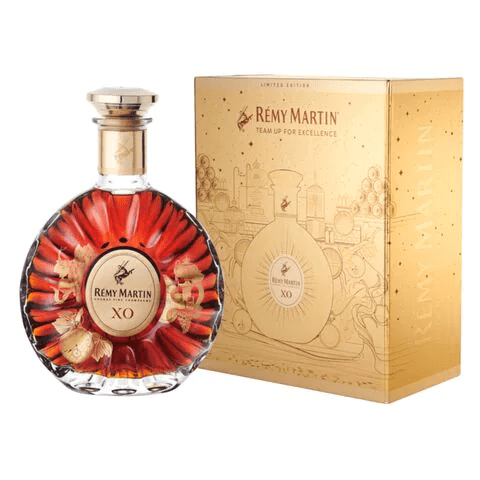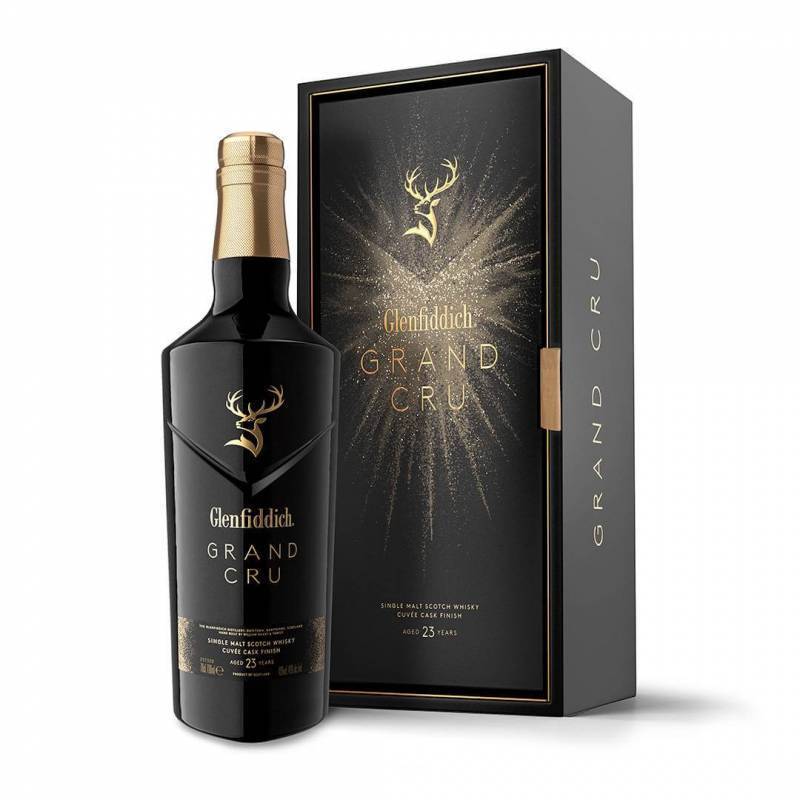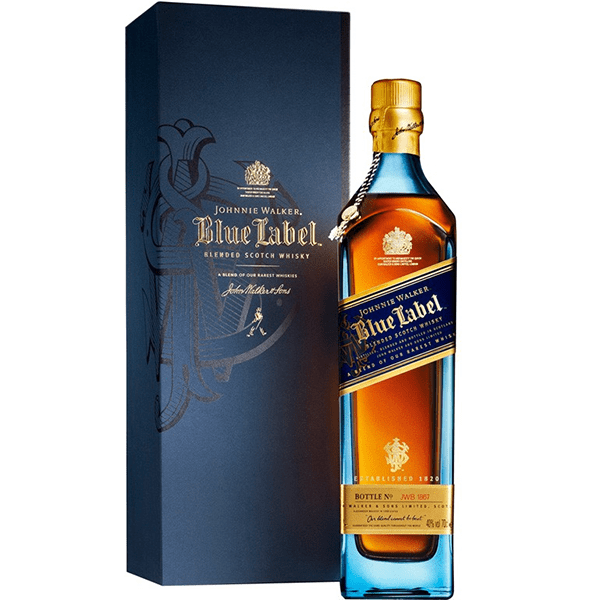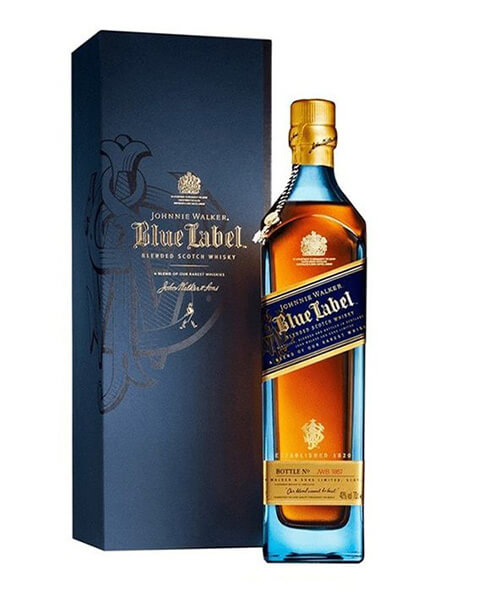Introduction
Years back, someone invited me for a dinner date and gave me the privilege to choose any wine on the menu. I had never tasted wine before and I found myself cluelessly gazing at the wine menu. I decided to choose randomly and chose a red dry wine. However, I did not like it because it was not my style. Years later, I discovered that I am a red-sweet wine type of a girl, and have never looked back.
Many of us have found ourselves feeling overwhelmed by the extensive selection of wines. So, what do you do? Do you go for the “eeny, meeny, miny, moe” route or choose randomly?
You do not like the wine; not that it tastes bad but it is just not the type of wine you would have chosen if you knew the different types of wine.
Understanding the 4 Types of Wine
Let us explore the four main types of wines. We will learn their origins, production methods, grape varieties and food pairing possibilities. In the end, you will have a better understanding of diverse wine types, enabling you to embark on an extraordinary journey of wine exploration.
1. Red Wine
Red wines are beloved for their bold flavours, diverse aromas, and ability to age gracefully. Understanding the following aspects will help you navigate the world of red wines with confidence:
a) Grape Varieties
Red wines are made from a variety of grapes, each contributing its unique characteristics. Some popular red grape varieties include:
Cabernet Sauvignon: Known for its full-bodied nature, with intense flavours of blackcurrant, blackberry, and cedar. It thrives in regions like Bordeaux, Napa Valley, and Coonawarra.
Merlot: Offering a softer, more approachable profile, Merlot often showcases flavours of plum, cherry, and chocolate. People widely grow it in Bordeaux and regions such as Tuscany and Washington State.
Pinot Noir: Considered one of the most finicky grapes, Pinot Noir produces elegant, light-to-medium-bodied wines with red fruit flavours and delicate earthy undertones. Exceptional Pinot Noir is renowned in Oregon, and New Zealand’s Central Otago.
Syrah/Shiraz: Known as Syrah in the Old World and Shiraz in the New World, this grape produces bold, robust wines with dark fruit flavours, black pepper, and hints of smoked meat. Rhône Valley, Australia’s Barossa Valley, and South Africa’s Swartland are notable regions for Syrah/Shiraz.
b)Red Wine Styles
Red wines exhibit a broad range of styles, influenced by factors such as grape variety, terroir, and winemaking techniques. Some common styles include:
Light-Bodied: Lighter red wines, such as Beaujolais, Valpolicella, and certain Pinot Noirs, offer vibrant acidity, subtle tannins, and flavours of red berries and floral notes. They are versatile and pair well with a variety of dishes.
Medium-Bodied: Wines like Merlot, Sangiovese, and Rioja fall into this category. They strike a balance between light and full-bodied wines, offering moderate tannins and flavours of red and dark fruits, herbs, and spices.
Full-Bodied: Bold and powerful, full-bodied red wines like Cabernet Sauvignon, Syrah, and Malbec boast robust tannins, deep flavours of black fruits, dark chocolate, and often exhibit ageing potential. They pair well with hearty dishes and red meats.
c) Production Method
Harvesting the Grapes
The first step is carefully selecting and harvesting the ripest grapes. Skilled vineyard workers handpick the grapes or use mechanical harvesters, ensuring only the finest fruit makes its way to the winery.
Sorting and Crushing
Once the grapes are harvested, they undergo a sorting process. Any unwanted materials, such as leaves or stems, are removed. The grapes are then gently crushed to release their juice and break open the skins.
Fermentation
The crushed grapes, along with their skins and seeds, are transferred to fermentation vessels. Yeast is added, initiating the fermentation process. During fermentation, the yeast consumes the natural sugars in the grape juice, converting them into alcohol. This process can take several days to weeks, during which the skins provide colour, tannins, and flavour compounds to the developing wine.
Maceration
To extract maximum colour, flavour, and tannins, the grape skins remain in contact with the fermenting juice in a process called maceration. Winemakers carefully monitor this stage to achieve the desired intensity and balance.
Pressing
Once fermentation and maceration are complete, the solid grape matter, known as “must,” is separated from the liquid. Winemakers press the wine to gently squeeze out the remaining juice, leaving behind the skins and seeds.
Ageing
The young red wine is transferred to barrels or tanks for ageing. This period allows the wine to develop complexity, soften its tannins, and integrate its flavours. Ageing can take anywhere from a few months to several years, depending on the desired style of the wine.
Filtration
Before bottling, the red wine undergoes a filtration process to remove any remaining solids, sediments, or impurities. This helps to enhance the wine’s clarity and stability.
Bottling
Finally, the red wine is bottled, sealed, and labelled for distribution. Some wines may continue to mature and improve in the bottle over time, while others are ready to be enjoyed immediately.
d) Ageing Potential
Many red wines benefit from ageing, allowing them to develop complexity and secondary aromas over time. However, not all red wines are designed for extended cellaring.
Consider the following ageing potential:
Age-Worthy Reds: Wines like Bordeaux, Barolo, and high-quality Cabernet Sauvignon from premium regions can age for decades, evolving in the bottle to reveal layers of flavours, nuances, and softer tannins.
Early Drinking Reds: Some red wines, such as Beaujolais Nouveau, young Rioja, and lighter-bodied Pinot Noir, are meant to be enjoyed in their youth when they express vibrant fruitiness and freshness.
e) Food Pairings
Pairing red wine with the right dishes can enhance both the wine and the food. Here are some classic and versatile pairings:
Red Meat: Full-bodied red wines like Cabernet Sauvignon, Syrah, and Malbec are excellent choices to accompany grilled steaks, roast beef, or lamb dishes, as their robust flavours complement the meat’s richness.
Chapati and Maharagwe: Chapati na Maharagwe pairs wonderfully with dry red wines like Shiraz or Zinfandel. The bold flavours of the wine complement the spices in the maharagwe, while the tannins cut through the richness of the coconut milk, creating a delightful combination of tastes.
2. White Wine
White wines encompass a wide spectrum of styles and flavours, offering a refreshing and versatile drinking experience. Understanding the characteristics of white wines, including grape varieties, fermentation techniques, ageing potential, and food pairings, can enhance your appreciation of these delightful beverages. Let’s explore white wines in greater detail
a) Grape Varieties
White wines are predominantly crafted from white grape varieties, each contributing its unique aromas and flavours. Here are some notable grape varieties found in white wines:
Chardonnay: Known for its versatility, Chardonnay produces a wide range of styles, from crisp and unoaked to rich and buttery. It can display notes of citrus, apple, tropical fruits, and even hints of vanilla or toast when aged in oak barrels.
Sauvignon Blanc: This aromatic grape variety delivers vibrant and zesty wines with herbaceous and tropical fruit flavours. Sauvignon Blanc is renowned for its refreshing acidity and distinct aromas of grapefruit, lime, green apple, and freshly cut grass.
Riesling: Riesling wines exhibit a remarkable balance of sweetness and acidity, making them incredibly versatile. They can range from bone-dry to lusciously sweet, with flavours that include citrus, stone fruits, floral notes, and a characteristic petrol aroma as they age.
Pinot Grigio/Pinot Gris: This grape variety produces crisp and light-bodied wines with flavours of pear, apple, and lemon zest. Pinot Grigio tends to be more neutral, while Pinot Gris can display richer textures and flavours.
Chenin Blanc: Chenin Blanc is a versatile grape that can produce dry, off-dry, and sweet wines. It showcases flavours of green apple, honey, and tropical fruits. Chenin Blanc is known for its excellent ageing potential, developing complexity and honeyed characteristics over time.
b) Production Method
Harvesting
The process begins with carefully selecting and harvesting ripe white wine grapes. These grapes are usually picked earlier than those used for red wine production to maintain their bright acidity and fresh flavours.
Crushing and Pressing
Once harvested, the grapes are gently crushed and pressed to extract the juice. In white wine production, the skins, seeds, and solids are separated from the juice to avoid imparting colour and tannins to the final product.
Fermentation
The extracted grape juice is then transferred to fermentation vessels, such as stainless steel tanks or oak barrels. Yeast is added to initiate fermentation, where the sugars in the juice are converted into alcohol. Fermentation temperatures are often controlled to preserve the wine’s delicate aromas.
Ageing and Maturation
Some white wines may undergo additional ageing and maturation after fermentation. This can occur in stainless steel tanks, oak barrels, or a combination of both. Ageing helps develop complexity, enhance flavours, and add subtle oak characteristics to the wine.
Fining and Filtration
Before bottling, white wines may undergo fining and filtration processes. Fining involves adding fining agents, such as bentonite or egg whites, to clarify the wine by removing any remaining solids or particles. Filtration further refines the wine by removing any remaining impurities.
Bottling
Finally, the clarified and refined white wine is bottled and sealed. Some white wines may be ready for immediate consumption, while others may benefit from further bottle ageing to reach their peak flavour and aroma profiles.
c) White Wines style
Light-bodied: These wines are like a breath of fresh air. They have delicate flavours and a refreshing crispness. They tend to be lighter in alcohol content and have a zesty acidity that dances on your taste buds. Think of wines like Pinot Grigio and Sauvignon Blanc. They’re perfect for a delightful aperitif.
Medium-bodied: Sitting comfortably between light and full-bodied, these wines offer a balance of flavours and textures. They have a touch more richness and complexity, with a slightly fuller mouthfeel. Chardonnay, Riesling, and Viognier often fall into this category. They pair well with a range of dishes, from seafood to poultry. They can be enjoyed on their own.
Full-bodied: Full-bodied whites are rich and boast bold flavours and a satisfying weight on the palate. Wines such as oaked Chardonnay, White Burgundy fall into this category. They complement dishes like creamy pasta or roasted poultry. They are perfect for those who prefer a bolder wine experience.
d) Ageing Potential
While white wines are often enjoyed young and vibrant, some varieties benefit from ageing, evolving into complex and nuanced expressions. Notable white wines that can age well include:
Chardonnay: High-quality Chardonnay wines, particularly those aged in oak barrels, can develop beautifully with time. The oak integration and gradual oxidation can contribute to flavours of butterscotch, toasted nuts, and honey.
Riesling: High-acidity Rieslings, especially from esteemed regions like the Mosel in Germany, can age gracefully for decades. Over time, they develop intriguing petrol aromas and a honeyed character, while maintaining their vibrant acidity.
Chenin Blanc: Top-quality Chenin Blanc wines, particularly those from the Loire Valley in France, have remarkable ageing potential. They can display honeyed notes, and complex mineral nuances, and develop a luscious texture with cellaring.
e) Food Pairings
Ugali and Sukuma Wiki: The fresh and zesty flavours of Sauvignon Blanc complement the sukuma wiki while providing a refreshing contrast to the dense texture of Ugali.
Matoke: The combination of matoke and greens is so delicious. To elevate the taste, consider a white wine like a Chenin Blanc or a Grüner Veltliner. These wines offer a good balance of acidity and fruity notes, enhancing the taste of the greens and the sweetness of the plantains.
Fish Stew: Fish stew is often prepared with coconut milk, tomatoes, and spices. Chenin Blanc, with its crisp acidity and tropical fruit flavours, harmonizes well with the creamy and tangy elements of the fish stew. The wine’s refreshing qualities can balance the richness of the dish.
3. Rosé Wine
Rosé wine, with its stunning hues ranging from pale salmon to vibrant pink, has experienced a surge in popularity in recent years. This versatile and refreshing wine style offers a broad spectrum of flavours, making it perfect for enjoying on its own or pairing with a variety of foods. Let’s dive deeper into the world of rosé wines and explore the key aspects that make them so unique.
a) Production Methods
Rosé wine can be produced using several techniques, each contributing to different flavour profiles and shades of pink. Here are the primary methods employed:
Maceration
This method involves allowing the grape skins to macerate in the juice for a brief period, typically a few hours or days. The longer the maceration, the deeper the colour and flavours extracted. After maceration, the skins are removed, and the juice ferments to complete the wine.
Saignée
Derived from the French word for “bleeding,” this technique involves bleeding off a portion of the juice from red wine production after a brief contact with the grape skins. The winemakers ferment the removed juice separately to create a rosé wine, while the remaining juice intensifies in color and concentration, becoming a red wine.
Blending
In some regions, rosé wines are crafted by blending red and white wines. However, this method is less common and regulated in many wine regions.
b) Grape Varieties
Some of the most commonly utilised grape varieties for rosé production include:
Grenache: Grenache, widely used in rosé wines from regions like Provence and the Rhône Valley, is known for its fruit-forwardness and vibrant acidity.
Syrah: Often lending spicy and floral notes, Syrah (Shiraz) adds depth and complexity to rosé wines, particularly those from the Southern Rhône and Australia.
Cinsault: This grape variety is known for its floral aromas and soft tannins. It is commonly found in rosé wines from Provence.
Mourvèdre: Contributing structure and earthy flavours, Mourvèdre is a key component in rosé wines from regions such as Bandol in France.
Pinot Noir: Known for its elegant and delicate nature, winemakers use Pinot Noir to produce rosé wines with finesse, notably in regions like the Loire Valley and Burgundy.
c) Flavour Profiles and Styles
Rosé wines exhibit a broad spectrum of flavours, ranging from crisp and citrusy to fruity and floral. Here are some common flavour profiles and styles to explore:
Crisp and Dry: These rosé wines often feature refreshing acidity, bright citrus notes, and delicate red berry flavours. They are ideal for warm weather, as an aperitif, or paired with light seafood, salads, and fresh cheeses.
Fruity and Aromatic: Rosé wines with pronounced fruity aromas, such as strawberries, raspberries, and watermelon, offer a touch of sweetness balanced by acidity. They pair wonderfully with spicy cuisine, grilled meats, and fruit-based desserts.
Provence-style: Hailing from the renowned Provence region in France, Provence-style rosés are pale in colour, bone-dry, and display elegant flavours of wild herbs, lavender, and red fruits. These versatile ingredients provide enjoyment on their own or pair well with a wide range of dishes.
Sparkling Rosé: Combining the effervescence of sparkling wines with the fruitiness of rosé, sparkling rosés offer a delightful
d) Food pairings
Nyama Choma (Grilled Meat): Nyama Choma, a popular Kenyan dish featuring grilled meat (usually beef, goat, or chicken), pairs wonderfully with rosé wine. The wine’s acidity and fruitiness help cut through the richness of the meat while complementing the smoky flavours. Consider a dry or off-dry rosé with vibrant red fruit notes.
Pilau (Spiced Rice): The rosé wine’s fruity notes and acidity can harmonize with the aromatic spices in the pilau. Consider a dry or off-dry rosé with red fruit flavours and a hint of spice.
Grilled Fish: The delicate flavours of grilled fish are enhanced by a dry or off-dry rosé with good acidity and citrusy undertones. The wine’s freshness complements the fish’s natural sweetness.
4. Sparkling Wine
With its lively effervescence and celebratory charm, sparkling wine holds a special place in the world of wine. Here, we delve deeper into the captivating world of sparkling wine, providing you with essential information to enhance your understanding and enjoyment.
a) Production Methods
Traditional Method (Méthode Champenoise)
This time-honoured method, used in Champagne and other renowned regions, involves a secondary fermentation that takes place in the bottle.
Charmat Method (Tank Method)
Commonly employed in Prosecco production and other sparkling wine regions, this method involves conducting the secondary fermentation in a pressurized tank rather than individual bottles.
b) Common Sparkling Wine Varieties
Champagne: The Champagne region in France primarily uses three grape varieties: Chardonnay (providing elegance and finesse), Pinot Noir (adding body and structure), and Pinot Meunier (contributing fruity and floral notes).
Prosecco: The Prosecco region in Italy uses the Glera grape as the main variety, known for its crispness, floral aromas, and delicate flavours.
Cava: Cava, hailing from Spain, features indigenous grape varieties such as Macabeo, Parellada, and Xarel-lo, each lending its unique characteristics to the final wine.
New World Sparkling Wines: Various grape varieties are used in sparkling wine production outside of Europe, including Chardonnay, Pinot Noir, Chenin Blanc, and others, depending on the region and style.
c) Sweetness Levels
Sparkling wines come in a range of sweetness levels to suit different preferences. Here are some standard designations:
Brut Nature/Zero: Bone-dry, with no added dosage of sugar.
Extra Brut: Very dry, with minimal dosage.
Brut: Dry, with a touch of sweetness to balance the acidity.
Extra Dry/Extra Sec: Off-dry, with slightly more perceptible sweetness.
Sec: Medium-dry, offering a noticeable sweetness.
Demi-Sec: Sweet, with a pronounced sweetness that pairs well with desserts.
d) Food Pairing
Sparkling wine’s refreshing acidity, delicate bubbles, and range of sweetness levels make it an incredibly versatile companion to a variety of dishes.
Nyama Choma (Grilled Meat): Nyama Choma, a popular Kenyan dish consisting of grilled meat (often beef or goat), pairs well with sparkling wine. The bubbles and refreshing acidity of sparkling wine complement the rich and smoky flavours of the grilled meat. Opt for a dry sparkling wine, such as a Brut or Extra Brut, which will balance the savoury nature of Nyama Choma.
Ugali and Nyama Stew: Ugali, a staple in Kenya, is often served with Nyama Stew (meat stew). A sparkling Rosé complements the flavors of the stew, often prepared with aromatic spices and vegetables. Its fruit-forward character and gentle sweetness will enhance the flavours of the stew while adding a touch of elegance.
Pilau (Spiced Rice): Pilau, a fragrant rice dish cooked with a blend of spices like cumin, cardamom, and cloves, is a flavorful and aromatic dish. A sparkling wine with a touch of sweetness, like a Demi-Sec, will complement the complexity of the spices in Pilau.
Conclusion
With a new understanding of grape varieties, production methods, regional variations, and food pairing possibilities, you have the tools to explore the vast types of wine available.
So, raise your glass, enjoy the complexities, and continue your wine exploration with newfound knowledge and enthusiasm.
Remember to enjoy wine responsibly and share your passion with fellow wine lovers.
Order from Us
At Jays Wines, we bring you a wide range of wines. Explore the different options of red, white, rose and sparkling wines on our website and place your order here. We shall promptly deliver them to your doorstep.
Alternatively, Call or WhatsApp us at 0705570066 for inquiries or to place a direct order.
We are located along Biashara Street and Accra Road within Nairobi CBD.
Cheers!🍷
By Roseline Maina: Digital Marketer



